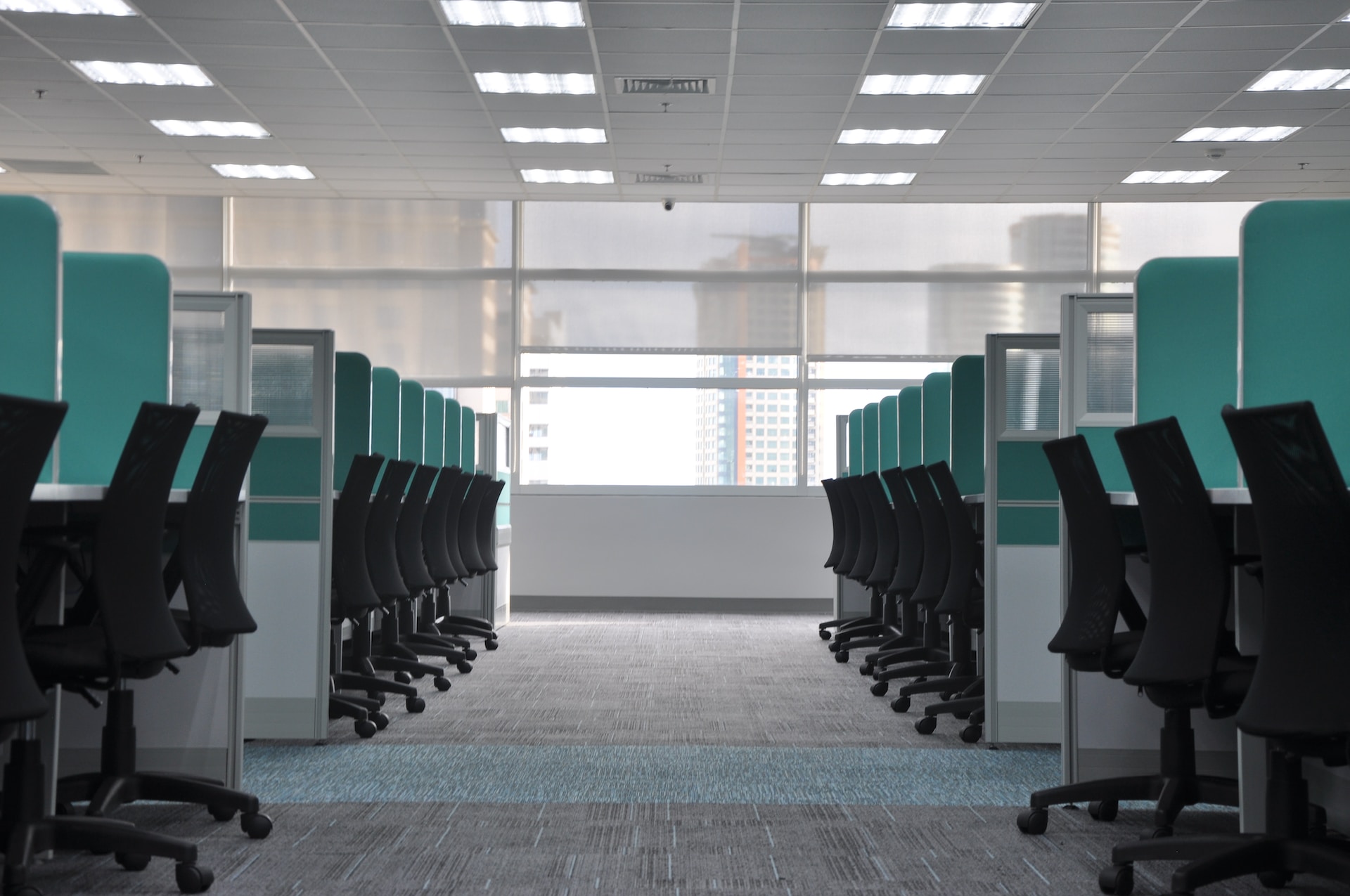Last Updated on: 22nd November 2023, 05:18 pm
Workplaces are inherently dangerous for employees. This is an admittedly scary fact, but one justified by the statistics; according to the National Safety Council, there are over 4.2 million workplace injuries that result in medical consultation each year, and a workplace-injury death rate of 3.1 per 100,000.
Workplace safety is not just a matter of preventing catastrophic industrial accidents. Risk also extends to white-collar workers, service staff and any other number of employees. Musculoskeletal disorders are common in administrative workers, just as burn injuries are common to bakers. But what can be done to enhance workplace safety?
Risk Assessment
Workplace safety begins and ends with risk assessment. Risk assessments are an essential route to identifying workplace hazards, identifying the best means of addressing them and – crucially – identifying who is accountable for ensuring the correct changes are made.
Risk assessments typically involve a tour of the site, whereupon specific hazards and their level of risk are noted down. These, as discussed, run the gamut from ergonomic issues to dangerous chemicals and beyond. Each hazard receives a series of suggested actions, such as installing lockable storage for dangerous equipment or instituting a buddy system for heavy loads. A supervisor or manager is then designated responsible for actioning this change, ensuring that each hazard is someone’s responsibility.
Employee Training
A large part of creating a safe company culture is the effective training of staff. This does not just apply to new staff, who will need onboarding in the company’s proprietary processes as well as best-practice according to OSHA; existing staff need training and re-training to ensure they are all on the same page. This reduces the risk of one less-educated employee causing a preventable incident through failing to follow the proper processes. As such, a standardized program of training and exercises should be baked into the workplace’s annual calendar.
Safety Equipment
Of course, training alone cannot guarantee safety in the undertaking of dangerous tasks. Ideally, tasks that present a clear and present risk to health would be avoided entirely; however, this is often impossible, and a ‘last resort’ contingency needs to be put in place: safety equipment.
In industrial environments, there are failsafes that ensure a machine remains as safe as it can. As an example, on production or assembly lines, light curtains detect the presence of unexpected objects and remotely halt processes to limit potential injury.
Personal protective equipment, meanwhile, is worn by the workers themselves to minimize injury in the event of an accident. This is why hard hats are necessary to wear on construction sites, or gloves necessary in the handling of toxic or corrosive materials.
Incident Reporting
Finally, even with all of the above in place there is still the latent risk of an incident taking place. In the event of a workplace accident, there needs to be a paper trail. Incident reporting should be made as comprehensive and seamless as possible, with a focus on how the incident came to be systemically as opposed to the swift apportioning of blame. In line with this, a confidential whistleblowing system can help companies get ahead of potential incidents, by enabling workers to report unsafe conditions without fear of reprisal.


